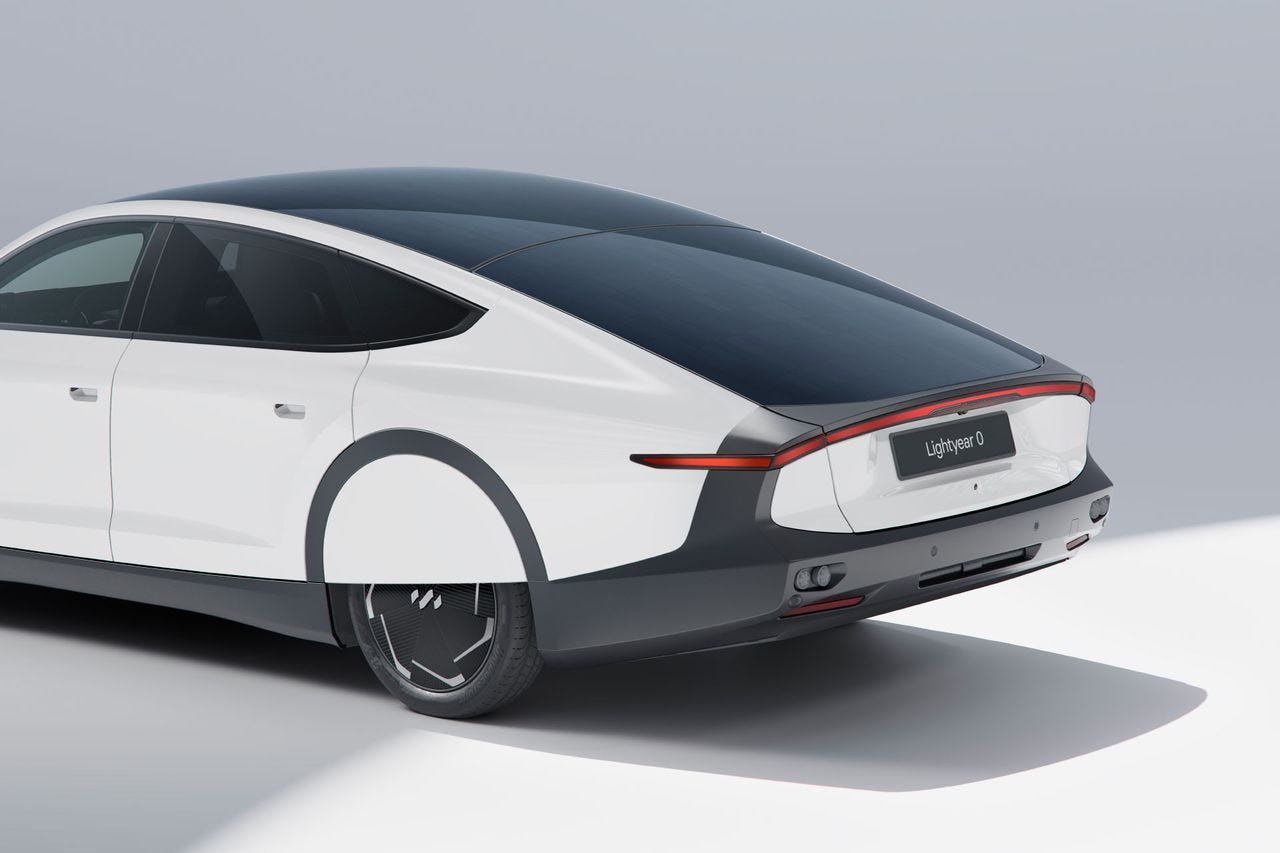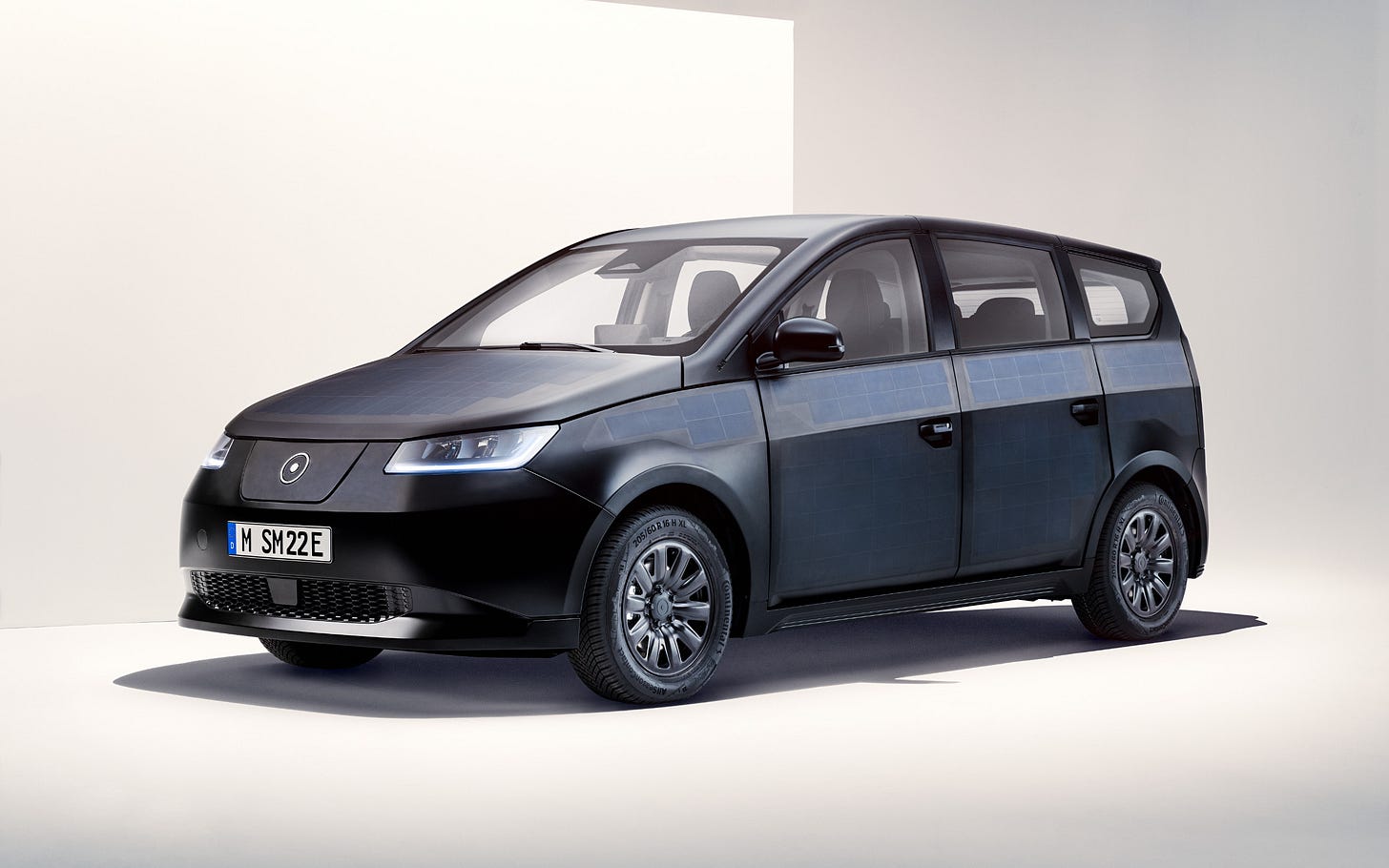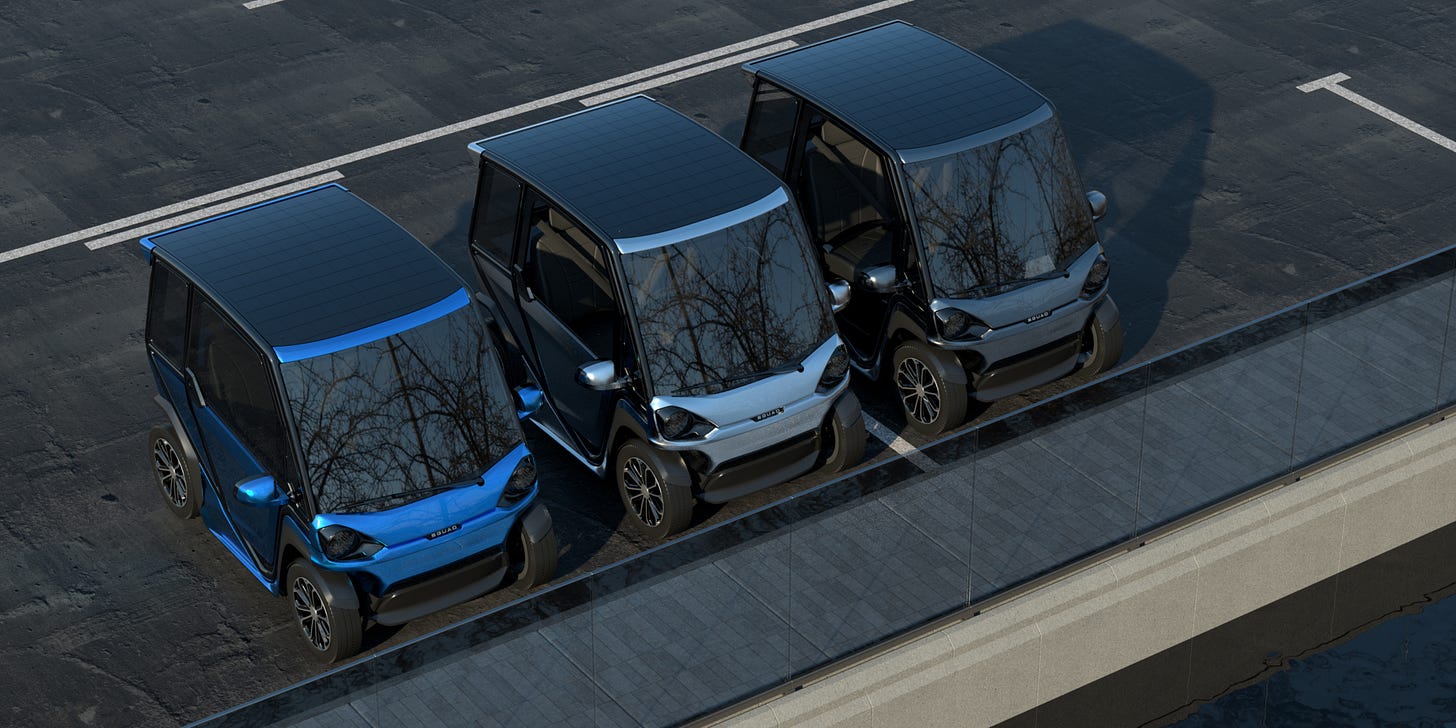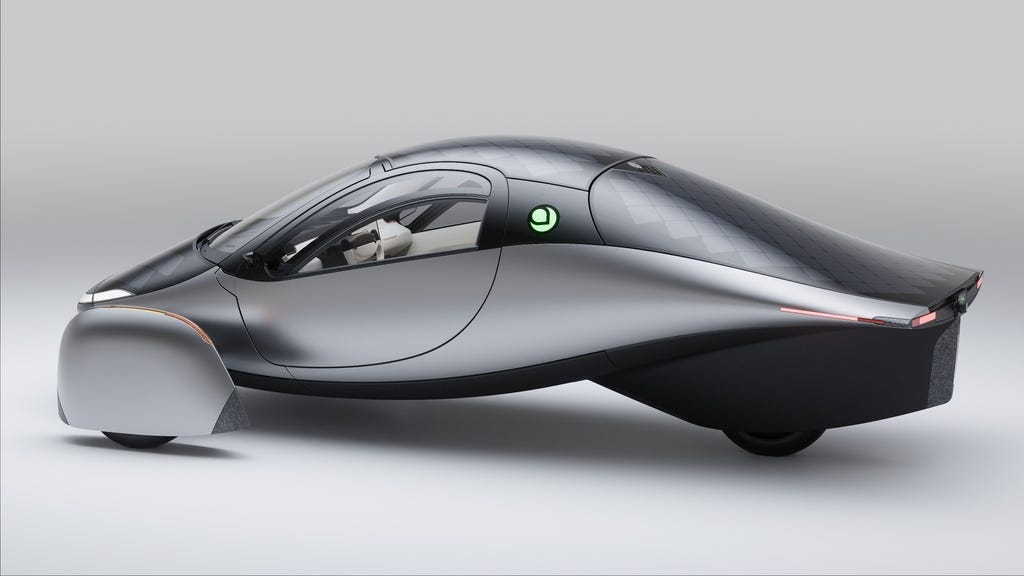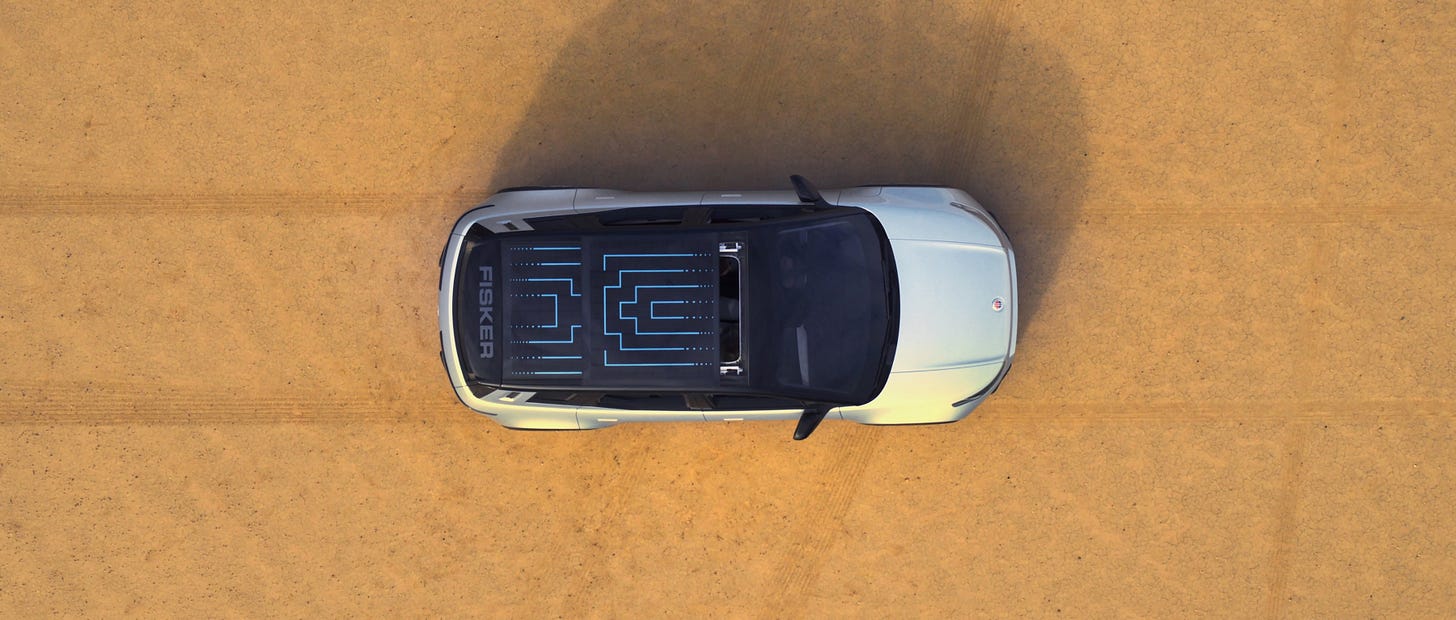4 companies attempting to prove that solar cars can make a difference
Stop dreaming about flying cars, get a solar car instead!
It may come as a surprise, but solar cars have been around for a long time (decades). Several high-profile solar car races have been organized around the world for more than 30 years. The most famous one, the Bridgestone World Solar Challenge in Australia, started in 1987 and is still held every two years. Teams of university students race over a 3,000 km route in “a solar-powered vehicle designed, engineered, and built with their own hands.”
In recent years, the technology behind solar cars has made significant progress. In December 2022, a UNSW Sydney's student-built solar-powered car set a Guinness World Record for “Fastest EV over 1000 km on a single charge” (the car averaged nearly 85 km/h over 12 hours).
Several companies are now working on commercializing solar-powered vehicles for consumer use. While these cars cannot fully rely on solar energy for standard use, they could still help reduce our reliance on fossil fuels and increase the autonomy of electric vehicles (EV) without taking extra juice from the grid.
Here are four companies leading the way.
1. Lightyear
Founded in 2016 in the Netherlands, Lightyear is arguably the main contender in the race to build a usable solar car.
Its first model, Lightyear 0, entered into production in 2022. The luxury fastback sedan is covered by 5 m2 of solar panels, bringing up to 70 km (43 miles) of additional daily range. Under perfect conditions, the manufacturer claims that it can give an annual solar yield of up to 11,000 km (6,800 miles).
With a $250,000 price tag, the Lightyear 0 is not for everybody and mostly serves as a proof-of-concept. But in January 2023, the company gave a glimpse of a new solar-powered car, the Lightyear 2, boasting a projected range of 800 km (500 miles) and a starting price of under $40,000. Lightyear claims that the car will have the smallest energy footprint on the market, with “lifetime emissions half than that of conventional EVs” and “3x less charging than a conventional EV per year.”
2. Sono Motors
Sono Motors is a German company founded in 2016 with “the mission to accelerate the revolution of mobility by making every vehicle solar.”
Its flagship car, the Sion, is covered with photovoltaic cells integrated into the body that can add “an average of 112 km (70 miles) per week of driving range to the car's battery, through the power of the sun.” A fleet of 13 full series-validation vehicles and 32 Body-in-Whites has been produced, but the car has not entered mass production.
Despite having raised over €330 million from investors and generated 34 patents, Sono Motors faces difficulties to launch the production of "the world’s first affordable solar electric vehicle (SEV).” In December 2022, the company started #savesion, a crowdfunding campaign aiming to raise €105 million to help fund the project. At the time of writing, the campaign has raised €42 million from 8,000 people.
The company itself is not in trouble though. “If we cannot complete the campaign, we intend to focus on our attractive solar B2B business, which is significantly less capital intensive,” read a press release from December 8, 2022. Earlier last year, Sono Motors presented a “Solar Bus Kit”, a B2B retrofit solution that reduces fuel consumption and inner-city greenhouse gas emissions of buses, positioning itself as a Solar Technology Supplier and Solar Mobility OEM.
3. Squad Mobility
Squad Mobility was funded in 2019 in The Netherlands.
The company is developing a compact Solar City Car with portable and swappable batteries, designed towards European Union L6 and L7 regulations (light vehicles): a 45 km/h L6 for two persons and a 70 km/h L7 for up to 4 people. The solar roof can add up to 22 km (14 miles) of extra range per day in Europe, added to the range of 100 km (62 miles) provided by the batteries (excluding solar).
With a retail price starting at €6250 ex. tax and a footprint of only 2.4 m2, the car intends to offer an alternative sustainable solution for daily mobility needs, optimized for sharing platforms. Production is scheduled to begin in 2023, starting with deliveries in Europe.
4. Aptera Motors
Aptera is an American company created in 2006 to jumpstart the electric vehicle market. It went bankrupt soon after but was relaunched by the same founders in 2019 as a Solar Electric Vehicle (SEV) brand.
The company is producing the Aptera, a leisure-oriented, 3-wheels, ultra aerodynamic electric vehicle able to recharge under the sun. Presented as the world’s “most efficient Solar Electric Vehicle, that requires no charging for most daily use,” the futuristic car could boast 1000 miles of autonomy. Whether driving or parked, it is continuously charging from the sun.
The production-intent design for Aptera, Delta, was presented in December 2022, and the production should start in 2023, with a target consumer price starting from $25,900.
Worth mentioning
Several of the biggest electric car manufacturers are proposing optional solar roofs as a complimentary charging source to extend their vehicles’ range.
For instance, a solar roof on the 2022 Hyundai Ioniq 5, a midsize electric crossover, can add up to 2,000 km (1,240 miles) a year in sunny locations. The Ocean, an all-electric SUV by American electric vehicle company Fisker Inc., has one of the largest solar roofs in the industry. According to the company, it can produce “up to 1,500 clean, emissions-free miles per year, and under ideal conditions may increase to beyond 2,000 miles (3,200 km) – all powered by pure sunshine.”
The bottom Line
Solar cars may not change the face of transport in the short term, but they will increase the range of vehicles without costing the user — or the grid. For some use cases, such as short daily commutes with the car staying parked outside for most of the day, solar cars could actually become a viable, eco-friendly, and much cheaper option.
The market for solar cars is expected to grow significantly in the coming years. “It is expected to expand at a CAGR of about 12.3% during the forecast period (2022-2032), and will be valued at $288.4 million by 2032,” per this 2022 study, noting that “Europe will dominate the market with an 80.5% share in 2022, followed by the Americas with a 16.9% share.”
In the more distant future, it is hard to imagine this trend will fade. "In 10 years, having a solar body part will only be slightly more expensive than just using steel. And solar-panel cars will be normal within 20 years,” predicts Emanuele Cornagliotti, lead engineer at Lightyear.
Solar cars may not be efficient enough to ”change everything” just yet, but they are already too much of a potential game-changer to ignore.



